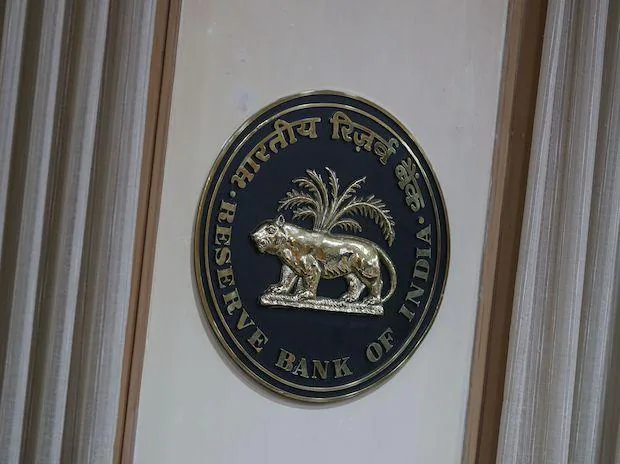[ad_1]
The marginal cost of funds-based lending rate (MCLR) regime leads to better pass-through of changes in benchmark policy interest rates than the previous base rate regime, a working paper written by the Reserve Bank of India (RBI) staff said.
According to the paper, under the MCLR regime, an increase of 100 basis points (bps) in the policy rate leads to a rise of 26-47 bps in the weighted average lending rate of banks versus 11-19 bps during the base rate regime.
The study examines the nature of pass-through to lending interest rates during the period April 2004-July 2019. The paper, authored by Sadhan Kumar Chattopadhyay and Arghya Kusum Mitra, said, however, that none of the benchmarks for lending rates, including the MCLR, had met expectations.
“In India, the banking system being the pre-dominant sector for financial intermediation, it is imperative that monetary policy signals pass through the banking system without any ‘leakage’ and in quick time,” the authors wrote.
“A crucial pre-condition is transparency in the process of pricing of loans by banks, not only for customer protection but also for better assessment of transmission by the monetary authority,” they wrote.
The views expressed in the paper are those of the authors and not necessarily those of the institution to which they belong.
Following the deregulation of interest rates in October 1994, the Reserve Bank of India mandated an internal prime lending rate for banks. Subsequently, in April 2003, the central bank replaced the prime lending rate with the benchmark prime lending rate. That too was replaced with the base rate in July 2010.
Lack of transparency in how banks determined internal benchmarks and the inclusion of arbitrary elements were impediments to assessment of rate pass-through during the benchmark prime lending rate regime and the base rate regime, the paper said.
Consequently, the MCLR regime was instituted in April 2016.
Under MCLR, banks were expected to decide benchmarks based on the formula prescribed for the calculation of the marginal cost of funds, thus lowering the scope for discretion from that during the base rate regime.
“While the MCLR formula was given to the banks and, hence, transparent, banks could still play around with the few elements of discretion available to them,” the authors said.
“Shorn of the one-off demonetisation impact on the cost of funds, the performance of MCLR regime on transmission was not very satisfactory,” they wrote, observing that during demonetisation, banks had lowered deposit rates and then MCLR owing to an enormous increase in banking system liquidity.
With none of the benchmarks meeting expectations, the RBI in October 2019 mandated an external benchmark system for retail and micro and small enterprises. The external system was then expanded to include medium enterprises, effective April 2020.
[ad_2]
Source link



